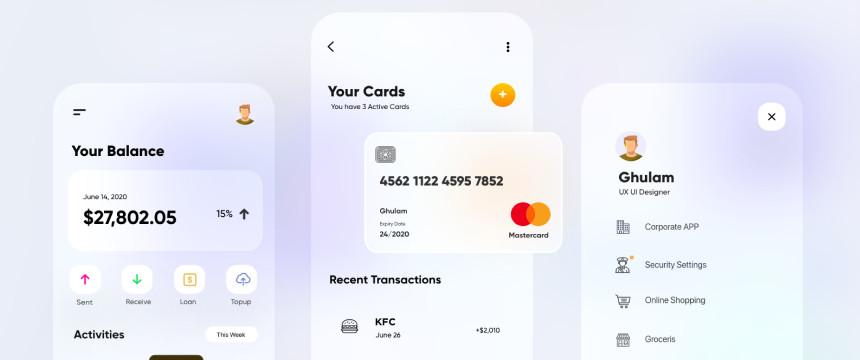
Budgeting tools are digital tools that provide a range of features to help individuals and businesses manage their finances. These tools allow users to track expenses, set and monitor budgets, and forecast future expenses. The benefits of using budgeting tools include increased financial awareness, better control over spending, improved financial decision-making, and reduced financial stress. By using budgeting tools, users can gain a clearer understanding of their financial situation and identify areas where they can cut back on spending. Budgeting tools also help users set and monitor budgets for different categories of expenses, which can help them avoid overspending. Ultimately, budgeting tools can help users make better financial decisions and reduce financial stress by providing them with the tools they need to manage their finances effectively.
What are project costs and budgeting?
Project costing and budgeting involve calculating and allocating financial resources for a specific project. It entails assessing the expenses required to accomplish the project and developing a financial plan to control those costs. Cost estimation, work breakdown structure (WBS), cost budgeting, contingency planning, cost control, and cost management strategies are essential components of project cost and budgeting. Effective project cost and budgeting is critical for project success because it gives a clear financial roadmap, supports decision-making, facilitates resource allocation, aids in expenditure control, and enhances overall project performance.
A budget is telling your money where to go instead of wondering where it went.
Dave Ramsey

For efficient financial planning, resource allocation, project control, decision-making, stakeholder communication, risk management, and performance assessment, project cost and budgeting are crucial. It enables businesses to successfully plan and allocate financial resources, allocate resources with efficiency, track and control project expenditures, make informed decisions, interact with stakeholders, control project risks, and assess project performance. It serves as a foundation for post-project analysis, lessons learned, and enhancing future cost projections. For efficient financial planning, resource allocation, project control, decision-making, stakeholder communication, risk management, and performance assessment, project cost and budgeting are crucial.
Choosing project budgeting software
The most crucial factors to take into account when choosing project budgeting software are the budgeting capabilities, compatibility and integration, reporting and analytical capabilities, user access and cooperation, and ease of use. Budgeting tools should make it simple for users to develop and manage project budgets, assign costs to various activities, keep track of expenditures, and compare actual costs to the budget. It’s important to take compatibility and integration into account. The ability to customize reports and visualizations should be offered via reporting and analysis tools so that users may track project expenditures, examine trends, and reach well-informed judgments. When choosing a project budgeting tool, the most crucial factors to consider are the software’s user-friendly interface, scalability, security and data protection, support and training, price, user ratings, and reputation. These elements will assist you in choosing software that meets the needs of your firm and facilitates effective expense management as well as your budgeting process.
